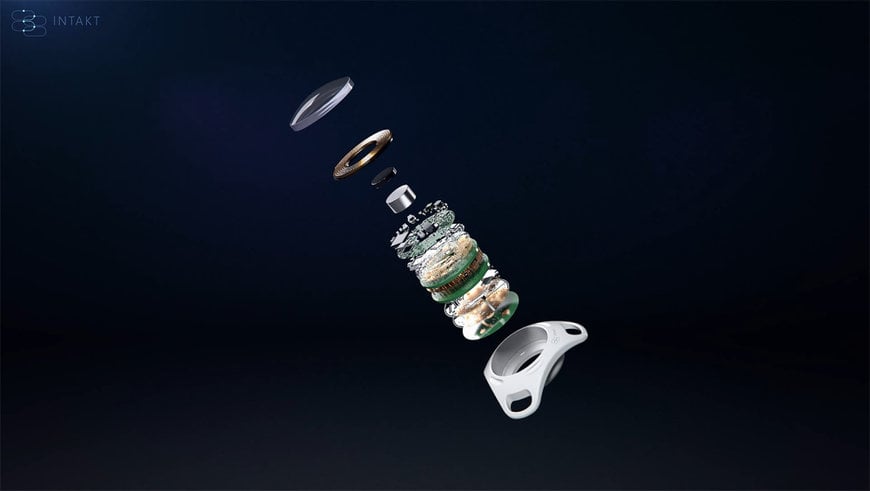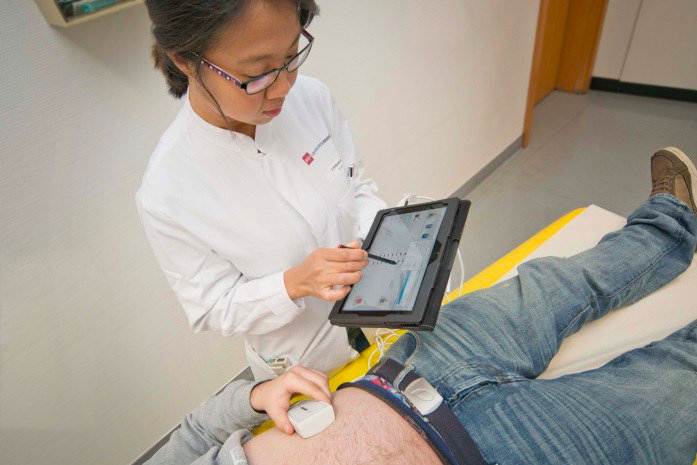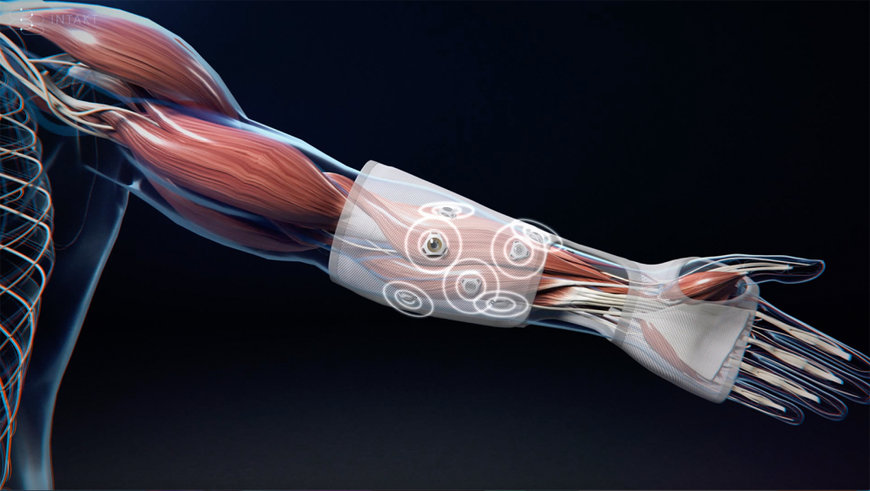www.medical-devices.tech
02
'23
Written on Modified on
FRAUNHOFER PRESENTS A NEW GENERATION OF MICROIMPLANTS
Developed by the innovation cluster INTAKT, this new generation of interactive microimplants can act as a stimulus in cases of tinnitus or digestive tract disorders or help a person’s hand to regain the ability to grip.

Funded by the German Federal Ministry of Education and Research (BMBF), the INTAKT (Interactive Microimplants) innovation cluster was established with the aim of developing a new generation of active, wirelessly connected microimplants that could be implanted in the body for life. Led by Fraunhofer IBMT, the cluster’s 18 partners from industry, science and the medical sector developed a network of up to twelve microimplants that can communicate with each other wirelessly, securely and in real time.
Patients can adapt the implants to their own needs
As well as communicating with each other, the implants also allow the patient and doctor to communicate with the network from outside at any time. Patients can configure their implants to suit their current needs at any time via their laptop or smartphone and optimize their treatment or recovery process in consultation with their doctor.

Direct communication with the interactive micro-implants
For the INTAKT joint research project, the cluster partners chose three areas of application: treating tinnitus by stimulating the cochlea, alleviating motility disorders by stimulating, delaying or coordinating bowel movements, and at least partially restoring the hand’s ability to grip in cases of paraplegia.
Microimplant network stimulates the muscles in the forearm
Partial restoration of a patient’s gripping function is a particularly complex challenge. To address this, the forearm muscles can be stimulated by up to twelve microimplants, restoring up to eight hand movements. The patient controls their hand movements via an eye-tracking system whereby certain set movements of the eyes, eyelids and head send commands to the central control unit, which then sends the corresponding instructions to the network of implants.
Patients can adapt the implants to their own needs
As well as communicating with each other, the implants also allow the patient and doctor to communicate with the network from outside at any time. Patients can configure their implants to suit their current needs at any time via their laptop or smartphone and optimize their treatment or recovery process in consultation with their doctor.

Direct communication with the interactive micro-implants
For the INTAKT joint research project, the cluster partners chose three areas of application: treating tinnitus by stimulating the cochlea, alleviating motility disorders by stimulating, delaying or coordinating bowel movements, and at least partially restoring the hand’s ability to grip in cases of paraplegia.
Microimplant network stimulates the muscles in the forearm
Partial restoration of a patient’s gripping function is a particularly complex challenge. To address this, the forearm muscles can be stimulated by up to twelve microimplants, restoring up to eight hand movements. The patient controls their hand movements via an eye-tracking system whereby certain set movements of the eyes, eyelids and head send commands to the central control unit, which then sends the corresponding instructions to the network of implants.

Coordinated stimulation from the microimplants helps with executing hand movements.
The implants interact with each other via wireless and infrared signals instead. The Fraunhofer Institute for Integrated Circuits IIS has developed a highly miniaturized application-specific integrated circuit (ASIC) for implants. The ASIC can detect and pass on biosignals from areas such as the arm muscles or the stomach and intestines while also triggering the electrical signals required to stimulate them.
Batteries charge inductively and adaptively
Batteries take up space and need to be replaced regularly. This is particularly problematic when dealing with a network of implants because the energy consumption of each device is different depending on how it is used. The INTAKT cluster is opting for inductive charging instead. This means that the central control unit can reliably supply the network of implants with energy, 24 hours a day.
Initial preclinical tests and trials with experimental users have demonstrated that the applications developed thus far by the INTAKT cluster function as they should. This is just the first step on the long road that ends with putting the development into clinical practice so that it can be used to help patients.
Batteries charge inductively and adaptively
Batteries take up space and need to be replaced regularly. This is particularly problematic when dealing with a network of implants because the energy consumption of each device is different depending on how it is used. The INTAKT cluster is opting for inductive charging instead. This means that the central control unit can reliably supply the network of implants with energy, 24 hours a day.
Initial preclinical tests and trials with experimental users have demonstrated that the applications developed thus far by the INTAKT cluster function as they should. This is just the first step on the long road that ends with putting the development into clinical practice so that it can be used to help patients.
www.fraunhofer.com


